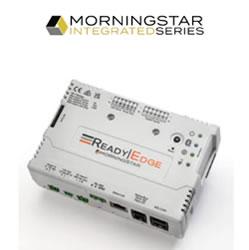Keeping the Lights On
Fuel Cell Adoption in the Mainstream
FAQ: Renewables In India
How the Mining Industry Can Win with Renewables
Lincoln International's Solar Energy Stock Index: Q2 2017
Update - Bioengineering for Pollution Prevention
Most In-Demand Electrical and Energy Jobs in the Current Job Market
How Was Renewable Production Able to Surpass Nuclear Power?
HiVE - PV plus Storage Solutions for Hawaii and Beyond
Global Wind And Solar Costs To Fall Even Faster, While Coal Fades Even In China And India
U.S. Solar Market Adds 2 Gigawatts of PV in Q1 2017
How Virtual Power Purchase Agreements (VPPAs) are Solving the Corporate Energy "Trilemma"
How Rural Areas Can Benefit From Renewable Energy
Renewables Continue to Break Records, but Room for Improvement Remains
How Storage & Solar will Create Smart Homes of the Future
Records 91 to 105 of 436
First | Previous | Next | Last
Featured Product

